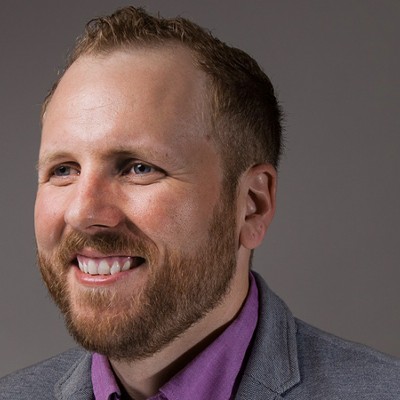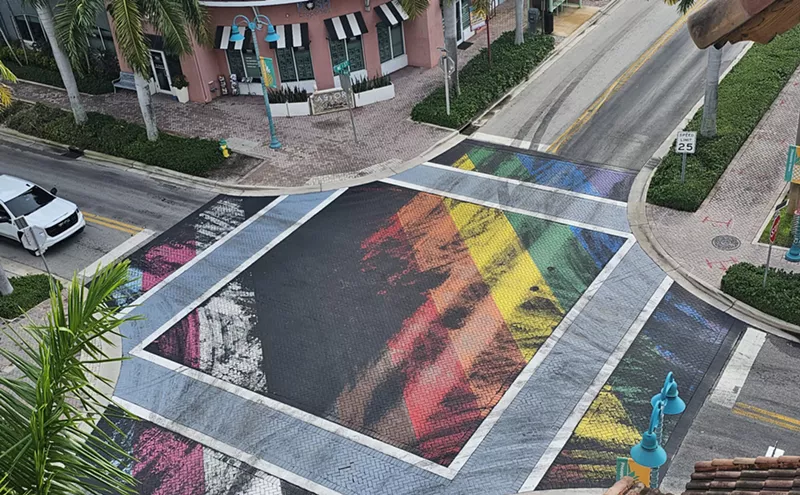What if you could control a machine with thought alone?
That simple question has birthed untold dark sci-fi fantasies of cyborgs run amok, from Star Trek's galaxy-threatening Borg to the time-traveling Terminator to Darth Vader himself.
For Justin Sanchez, though, the question is just his day job.
"It's funny. I'll get home from work and my wife will say, 'What did you do today?' And I'll tell her: 'Well, I put 100 electrodes in someone's brain and then they controlled a robotic arm just by thinking about it,'" Sanchez says, laughing. "I realize that what we do is really out-there."
Sanchez's work is far from fantasy, though. Thanks to $3.3 million in grants from the Defense Advanced Research Projects Agency, Sanchez's team of programmers, neuroscientists, and engineers in Coral Gables is closer than ever to grafting a thought-controlled robotic arm onto a human being.
"We all set crazy personal goals, but I hope to get a patient in Miami implanted with a working device in the next year or two," he says. "We're that close."
The man behind Miami's headlong rush toward a cyborg future is an incredible mashup himself — a rock-band-fronting, surfing, multidisciplinary genius who could easily pass for one of the younger lab assistants in the advanced tech space he commands on the University of Miami campus.
A Magic City native, the 43-year-old Sanchez decided early on that if he wanted to learn how to meld robotics and human brains, he would need to master a staggering variety of subjects.
So after earning a degree in engineering from the University of Florida, he picked up a master's and PhD in biomechanics — all while learning complex computer programming on the side.
"When students come to me and say they want to do neuroprosthetics, I say, 'Great. Are you an expert in mechanical and electrical engineering? How about computer programming? What about neurophysiology and neuroscience?'" Sanchez says. "You really need them all to do this work."
At UF, Sanchez built software that can read the brain's electrical signals on a minute level and then translate those patterns into controls of a robotic arm.
A number of paralyzed patients hooked up to electrodes in lab settings have been able to move mechanical arms using their brains alone.
The new challenge at UM, where Sanchez took over the Neuroprosthetics Research Group in 2010, is fine-tuning both the software and the hardware to work in the real world. The military is putting millions into the work, hoping that someday wounded soldiers will regain a normal life through Sanchez's robo-arms.
But what happens when the machines turn on us? Sanchez says sci-fi or not, he and his team are acutely aware of the ethics that come with melding people and computers.
"Any new technology can be abused, so we just try to steer the research and the process in the right direction," he says. "But the potential these neuroprostheses have to improve quality of life for paralyzed patients is just enormous if it's done right."












